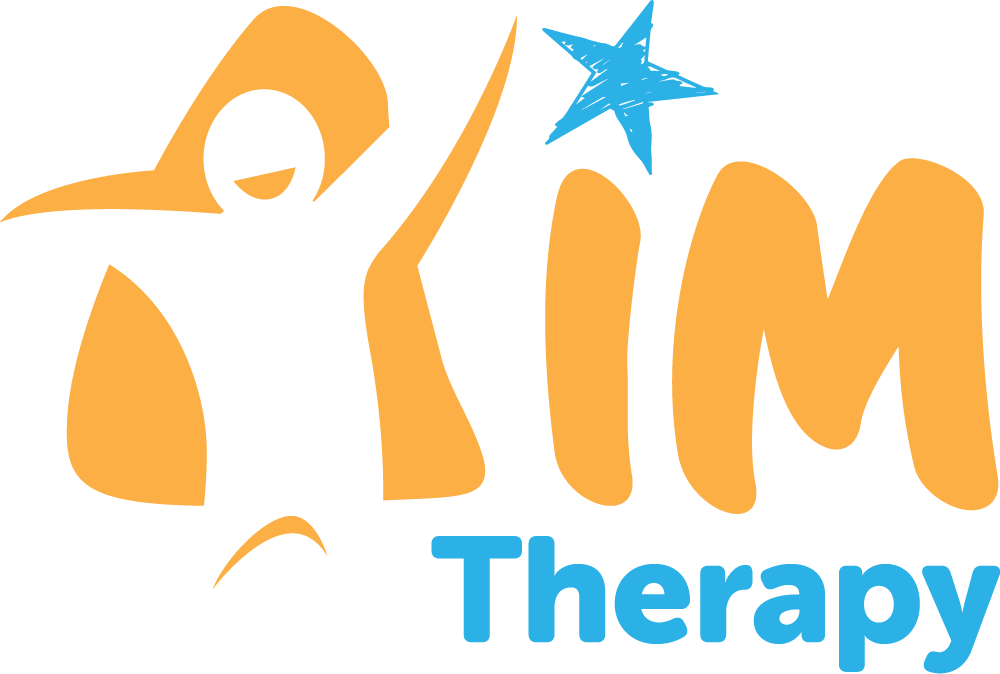Dressing – Independence in Dressing
INDEPENDENCE IN DRESSING
Backward chaining is working backwards from the goal. It can be used for teaching dressing skills by breaking them down into steps, which are always performed in the same order. For example, putting on pants can be taught using this technique. First, the dressing task is broken down into small, manageable steps.
- Pick up pants by waistband
- Lower pants and lift up leg
- Put left leg into pant hole
- Put right leg into pant hole
- Pull pants up to knees
- Stand and pull pants to waist
Step 6 is the closest to the completion of the task. Your child will therefore start with Step 6. You will perform steps 1 to 5 and then provide positive feedback when our child completes the task. Once confident with step 6, then have them complete 5 and 4 and proceed until they can independently complete the entire task.
TIPS FOR TEACHING DRESSING SKILLS
In General:
- Undressing is an easier skill to learn than dressing
- Loose-fitt ing clothing is easier to manage than tight fitting clothing
- There is no one ‘correct method’ of dressing Try different methods and find one that is suitable for your child.
- Practice when your child is able to tolerate a challenge, avoid practising when your child is tired, hungry, sad or sick
- Try to work on dressing at the same time each day, during your child’s daily routine
- Timing is Leave extra time so your child does not feel rushed as this will lead to frustration
- Try to work on dressing in the same location
- Try to minimize distractions and interruptions
- Encourage the vocabulary such as up, down, in, out, back, front, behind. These concepts are important to following directions during dr
- To help your child distinguish front from back, mark one side with a coloured
- Reinforce the names of the body When learning to dress it is beneficial to know the difference between an ankle and a knee and an elbow and a shoulder.
- Sitting down to complete certain tasks is easier than having to
- Remember to end each session with a success and praise your child’s efforts
- Try to be consistent with the dressing task e.g. encourage your child to start with the same side of the body each time
- Using the left and right side of the body may be switched depending on your child’s abilities. You will want to have your child use his/ her strongest arm/ leg to dress the other arm/leg first.
- Praise efforts made and focus on the successes and not the parts unaccomplished.
With pants:
- Try practising with shorts first
- Start with elastic waists
- If pants/shorts have a button, snap or zipper, fasten them for your child
With shirt/jumper:
- Begin with short sleeve shirt which is easier for your child to manage
With shoes:
- It is easier to start out with slip-on Velcro shoes to eliminate the need for your child to manage shoelaces.
- If shoes have laces, teach your child to loosen the laces and pull the tongue before putting them on
With buttons:
- Start with larger front buttons first, then smaller front and side buttons, finally back buttons.
- This is a two handed job, show your child how to hold the button with one hand and push it through the hole, and then use the other hand to pull the button through the other side of the hole
COMMON DRESSING TASKS BROKEN DOWN INTO STEPS
| Steps for putting on a jumper/T-shirt:
1. Pull shirt overhead 2. Push right arm through sleeve 3. Push left arm through left sleeve 4. Pull shirt down to waist |
Steps for putting on a jacket/front buttoned
1. Slip right arm up through right arm hole 2. Reach with left arm to pull jacket around 3. Pull jacket onto left shoulder with right 4. Push left arm through left arm hole |
| Steps for buttoning:
1. Pinch button “PINCH” 2. Start it through hole “POKE” 3. Pull buttonhole edge of shirt over the button that is just started in the hole “PULL” 4. Pul l buttonhole edge of shirt over the button that is halfway through |
Steps for putting on socks (while sitting):
1. Hold sock by edge with both hands 2. Push toes into sock 3. Lift foot and pull sock over heel 4. Pull sock up leg |
